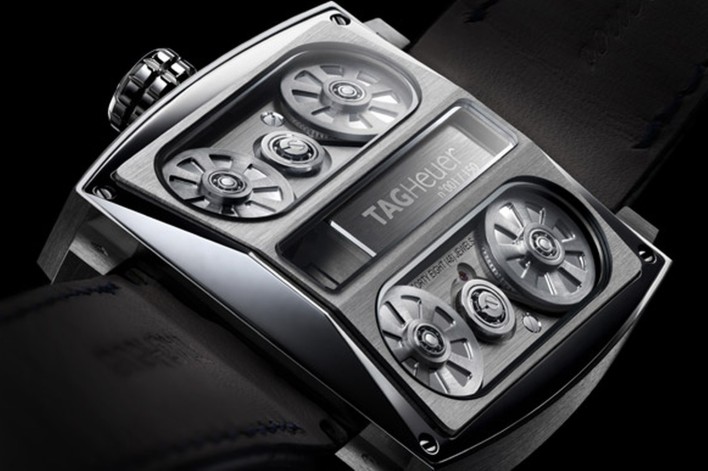Less is more: the keyword for wearables in 2016

Up until the first half of 2015, the problem with wearable tech, was that its purpose was never truly defined. Smartwatches tended to spread thin across a wide array of applications, while being good only for a small number of tasks.
The smartwatch, then and now
Most smartwatches on the low-end of the market, like Pebble Time, MOTA or U Watch, have put an emphasis on simplicity and battery life, by giving out less in terms of resolution and features. The compromise made by these entry-level, budget options often leads consumers unsatisfied by the restricted number of apps, or by the cheaper build.
Higher-end consumers have enjoyed a bit more in terms of options, however, as mentioned earlier, those initial higher end devices used to spread thin across an array of features often neglected by app developers, or voluntarily restricted by the manufacturer, in favor of proprietary apps.
Finally, since the inception of devices like Apple Watch and Samsung Galaxy Gear S2, wearables are starting to make sense, with a more refined, slimmed-down, but more functional and targeted range of options and features. Best of all, smartwatches are finally coming untethered from smartphones, and able to operate independently, with their own cellular data connectivity for voice, text and Internet access.
In a way, the latest smartwatches are beginning to look a lot like smartphones would, in respect to laptops. Smaller, less feature-rich, but with a more specific purpose.
The fact that call quality and connectivity on smartwatches is almost on par with smartphones, is also a bigger motivator for consumers to be interested.
Beyond telling the time
Some of the most interesting wearables on display at CES, weren’t smartwatches, but for those looking for a specific feature, the selection was worth a look.
For those who love to stay in the sun, L’Oreal has created a device called My UV Patch, which is a sticker worn on skin. The patch monitors UV rays in direct contact with the wearer’s skin, and will signal when excessive exposure has been reached.
Taking a page from the “Send SOS messages” feature on the Galaxy Gear S2, wearable manufacturer WiseWear has come up with a personal attack device, which fits into a piece of jewelry. When double-tapped, the device will send a message with the current location to an emergency contact.
What we can expect in the near future
One simple task, when done right, can accomplish more than a full suite of apps. The ability for wearables to communicate with other IoT devices, for example within a household, or a work environment, enables the wearer to control and execute tasks, using a range of input options, including gestures, voice commands, or RF chip-driven proximity detection, which can be used to automatically open a garage door, when a particular vehicle is detected, unlocking doors, or automatically turning on the lights.
Within the medical scope, we can expect a surge in devices capable of monitoring vital signs, and able to replace nearly every monitoring device in an emergency room.
Further focus on devices that excel at few, or even one simple task, is the direction where future wearables are heading, especially as smartphones and small tablets are increasingly closing in on offering netbook-like performance, to become the multi-purpose device they aim to compete with in the future.